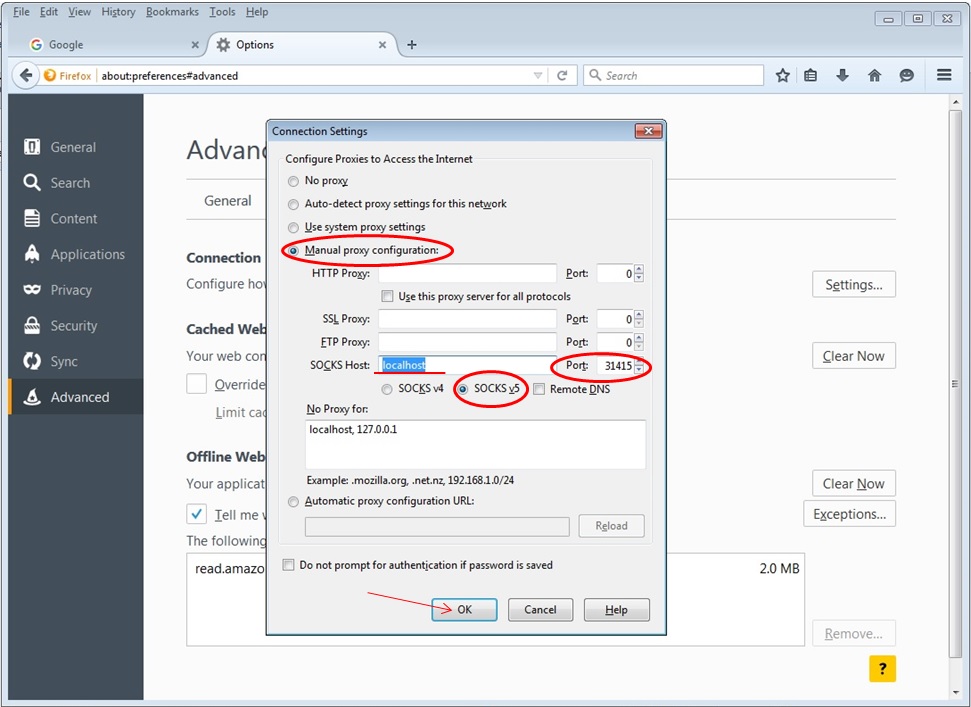

Test your SSH connection to the remote host (optional). You will need to either disable it (change /etc/nf) or choose a different port number for the local port: ssh -l username -L 5025:DESTINATION_HOST:25 -L 5110:DESTINATION_HOST:110 SCF_HOSTNAMEįor example, to read JSTOR from off campus, execute: ssh -L 8000: then connect your web browser to http://localhost:8000. Steps to create SOCKS proxy using SSH: Launch a terminal application. If you receive a message that the port is in use, this means that there is currently a service running on your local machine listening on the local port. You may included more than one tunnel on the command-line, for example: ssh -l username -L 25:DESTINATION_HOST:25 -L 110:DESTINATION_HOST:110 SCF_HOSTNAME See the computer grid for a list of SCF computers. Where LISTEN_PORT is the Listen Port, DESTINATION_PORT is the Destination Port, and SCF_HOSTNAME is any SCF computer. Type (on your local machine) in a terminal window: ssh -l username -L LISTEN_PORT::DESTINATION_PORT SCF_HOSTNAME The equivalent to the Prox圜ommand in OpenSSH is the lower box. Take public key from your support personnel. The access to this server has to be limited to yourself. Store private key on a private server that runs a proxy. Click on Open, and log in with your SCF username and password. PuTTY Specify the proxy type as local and put the jumpbox hostname as the Proxy Hostname. SSH proxy is a daemon that helps you to control access of your support team to customers servers with following workflow: You create your team key pair. Click on the Session menu choice at the top of the left hand pane and enter any valid SCF host in the Host Name window.Once the information is in place, click the Add button to create the tunnel.Set Source port to the value of the listen port and Destination to DESTINATION_HOST:DESTINATION_PORT given your specific tunneling options.
#Create ssh proxy plus
Click the plus sign by the SSH menu choice in the left pane of the main window. To do this in PuTTY on Windows, select Connection > SSH > Tunnels.Here is a list of application-specific tunnel settings: The tunnel then carries your traffic securely to the remote machine. When you configure your local application to use an SSH tunnel you tell it to connect to your local machine at a specified port, rather than the remote machine. Berkeley Statistics Annual Research Symposium (BSTARS)Īn SSH tunnel establishes a connection between your local machine and the remote machine via a TCP port.Artificial Intelligence/Machine Learning.


 0 kommentar(er)
0 kommentar(er)
